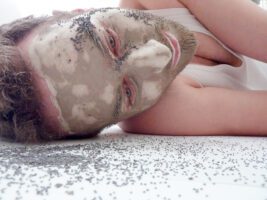Imaging Science Symposium on Forming & Shaping
25-26.01.2013, Berlin, Denkerei
General
Forms have always served as universal carriers and expressions of information – such as movements, sound forms, sounds, language, signs, writing and history(ies), images and icons. The symposium will use these culturally and historically familiar forms to examine the processes of genetic, molecular, evolutionary, neuronal and cosmic formations. How can principles of action be formulated in such a way that they can be applied to a wide range of disciplines?
Abstract lecture
The concept of form characterizes the process of multisensory engagement of the human being with the material and energetic structures of the environment, through which one’s own existence takes shape, acquires character, prestige and value, and becomes image, design, figure, geometry, model and imagination. This variety of meanings of the term form, derived from the Latin, still exists in linguistic usage today, although the understanding is determined by the situation in which it is used.
By taking something bodily, by grasping it, gripping it, placing it in front of us or placing it, we form an idea of the materiality of our existence, whereby we attribute a concrete character of existence to our unreflected being. Through the explication of the multisensory experiences of taking, the view of the form is formed in the viewer’s memory, the image of the thing, which initiates the cognitive process of (perceiving), (grasping), (grasping), (superimposing) and (imagining). Being reaches consciousness through the shaping of our perceptions, which is why the formation of form within the synaptic structure of our brain is characterized by a learning process that develops and constantly transforms itself analogously to the formal language of the environment.
The forms of our perception change with the specifics of the sensory systems through which we nevertheless access the information potential of the environment holistically. We do not live in different sensory spaces, since a vivid meta-representation of all sensory experiences and cognitive processes is formed in our brain throughout our lives, which is organized according to the self-organizing formal principle of the greatest possible freedom from contradiction. This shaping process is demonstrated and discussed using the example of blind people, people who have been able to start learning to see after eye surgery, and the consequences of brain lesions.
Prof. Dr. Axel Buether
From the forms of perception to the language of forms
Saturday, 26.01.2013
1 p.m. – Panel II
Location:
Think tank
Oranienplatz 2
10999 Berlin



